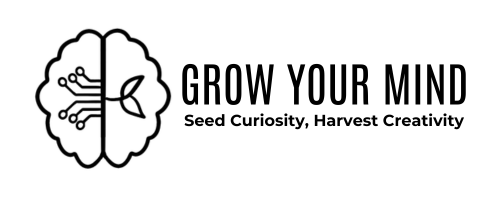Are your evergreen notes hindering your creativity? That could be because you’re unnecessarily forcing yourself into a set of rigid rules.
In a previous article, I discussed the art of crafting evergreen atomic notes as a crucial component of personal knowledge management. It’s one of my most popular articles to date and I still stand by it because it accurately outlines the key qualities of an evergreen atomic note as laid out by Andy Matuschak.
However, LYT workshop inspired me to adopt a more flexible and dynamic approach to note-taking. And I’m happy to report that the result has been a much more fertile and prolific idea labyrinth. (Yes, my mind garden has now evolved into an idea labyrinth.)
So here’s my more flexible take on writing evergreen notes.
The Timeless Essence of the Evergreen
What does it mean for a note to be evergreen?
As the name suggests, an evergreen tree stays green year-round. And like an evergreen tree, a well-written evergreen note will stay relevant and useful for years to come.
One common misconception about evergreen notes is that they are unchanging. This isn’t any more true of evergreen notes as it is for evergreen trees. Everlasting does not mean never changing.
The idea shouldn’t be to work on a note until it’s perfected. Most of your notes will never be finished. They are living, changing, growing documents.
You can and should update them when you learn new information or your perspective has changed.
Growing Evergreen Notes into a Dynamic Forest
A mind garden is not just a collection of isolated notes; it’s an interconnected ecosystem.
Evergreen notes are meant to evolve and accumulate over time. As you link evergreen notes into a thriving forest, their value continues to compound.
The more notes you have, and the more densely linked they are, the more fruitful your garden will become.
Attributes of a Dynamic Evergreen Note
There are three aspects of evergreen notes that I’ve learned to let go of in order to write more flexible and creative notes.
Dynamic Evergreen Notes Expand Beyond Concepts
Yes, the majority of your notes will be concept-oriented. But writing only concept notes omits a few important categories. I have notes on people, places, history, case studies, and others that I’m probably forgetting right now.
If it’s enduring and important to you, it can be a dynamic evergreen note.
Dynamic Evergreen Notes Can Be Organized in Multiple Ways
One of the basic tenets of evergreen notes, and most note-taking philosophies, is that they should be organized using associative ontologies over hierarchal taxonomies. This means they should be linked together based on how they’re related to one another rather than organized by topic or category.
Letting go of this idea was one of the most important lessons I learned from the LYT workshop. Maps of Content (MOCs) were the key ingredient I needed to transform my mind garden into an idea labyrinth.
Use both top-down and bottom-up organization (and thinking) depending on each specific need.
Atomicity is a Guideline not a Rule
Ensuring that your evergreen notes are atomic is a great rule of thumb because it allows you to easily search for the information you’re looking for. It’s also what turns your notes into building blocks that you can easily put together to outline a new article or project.
However, you can definitely go overboard and make your notes too atomic, for lack of a better phrase. This leads to a system where notes become too reliant on one another. It also causes friction both when writing your notes and attempting to use them.
Instead of following the rules of atomic notes to the letter, see them as “best use” guidelines that are appropriate to break in certain circumstances.
Now, as you can see, I’ve relaxed quite a bit on the rules of note-taking in general. But there is the one so fundamental that I refuse to budge on it.
Evergreen Notes Require a Personal Touch.
They should be written in your own words and contain your own thoughts and ideas.
- Avoid copying information verbatim from sources. Instead, explain it in your own words and add your unique interpretation.
- Don’t use complicated jargon or terminology. It’s usually better to write your notes using clear and simple language to ensure you understand the concepts you’re writing about.
- Include quotes sparingly and always cite your sources.
As you nurture and cultivate your mind garden with thoughtful and interconnected evergreen notes, you’ll find your creativity blossoming in unexpected ways.
Now, go forth and grow your mind garden with a newfound perspective on note-taking.
Happy Mind Gardening! 😊🌿📝

